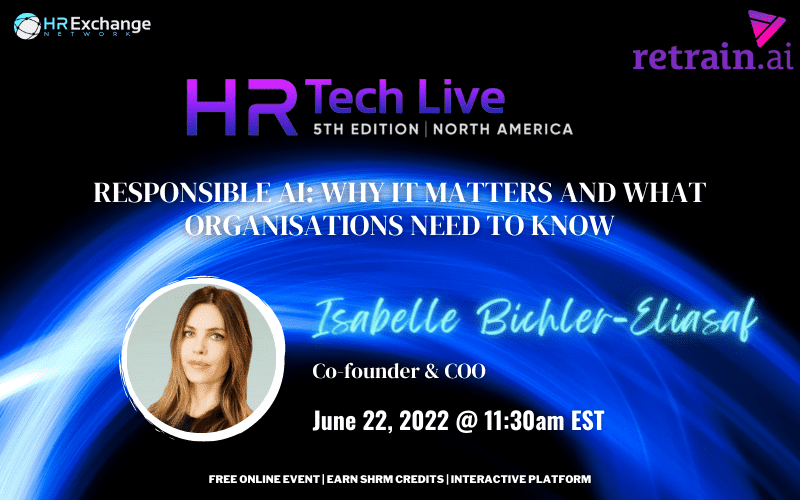UPDATE: Local Law 144 will now go into effect on May 6, 2023.
Beginning on January 1, 2023, companies using AI in their hiring practices in New York City must comply with Local Law #144, the Automated Employment Decision Tool Law (AEDT), which mandates independent audits of AI systems and transparency about their use with candidates, among other specifics.
At its core, the NYC Law–and the larger EEOC statement that preceded it–aim to ensure that AI and other emerging tools used in hiring and employment decisions don’t introduce or augment bias that can create discriminatory barriers to jobs. You can read more about the details of the law in our earlier blog post.
While some may believe the new regulation is just a niche city law that only applies to enterprises within the boundaries of New York City, impacting a relatively small pool of employers and job candidates, the reality is that its reach goes well beyond the NYC metro area and even the state as a whole.
Who needs to pay attention to the NYC Law?
Pretty much EVERYONE.
New York City is the epicenter of the business world, with many corporate roads running through it. If an enterprise operates any element of its business through NYC, and if they hire staff for that function, the law applies.
Enterprises don’t need to be that expansive. Organizations using AI in hiring and promotions practices will need to ensure compliance with the new law if:
- They have any sort of office or presence in NYC
- They are based elsewhere but have open positions based in NYC
- They have open remote positions that may attract candidates residing in NYC
But what if a company has only a single NYC employee, working remotely from their apartment in the City? Or if a global company has just one position to hire in Manhattan–which may be filled by a candidate living in New Jersey or Connecticut?
It ALL counts. And reaches just about EVERYWHERE.
The geographic reach of the NYC law stretches far beyond the U.S. as well. New York City is a major hub for companies based all over the world and global companies who operate any part of their business–from a US Headquarters to a sales office, to a warehouse team and everything in between–fall under the requirements of the new legislation.
Strategize now for compliance next year.
Add up all the scenarios and you’ve got a massive number of companies that will be under the microscope come January. In today’s competitive landscape, stopping to retrofit HR systems for compliance presents a loss of momentum. Likewise accommodating multiple solutions across geographies or business functions.
If you’re not sure whether your HR systems are using Responsible unbiased AI, now is the time to find a partner who can integrate with your HR tech stack, forming a unified system of intelligence that actively targets and eliminates unintended bias.
The retrain.ai Talent Intelligence Platform is built on the five pillars of Responsible AI to provide our customers with a transparent and bias-audited system. Our Talent Acquisition and Talent Management solutions help HR leaders hire faster and retain longer, while actively supporting a skilled and diverse workforce.
To experience a personalized walkthrough of how retrain.ai can help you reach your HR goals, visit us here.
Additional resources:
- Responsible AI and the NYC Audit Law: What You Need to Know Before 2023 – On-demand webinar
- Responsible AI: Why It Matters and What HR Leaders Need to Know – On-demand webinar





